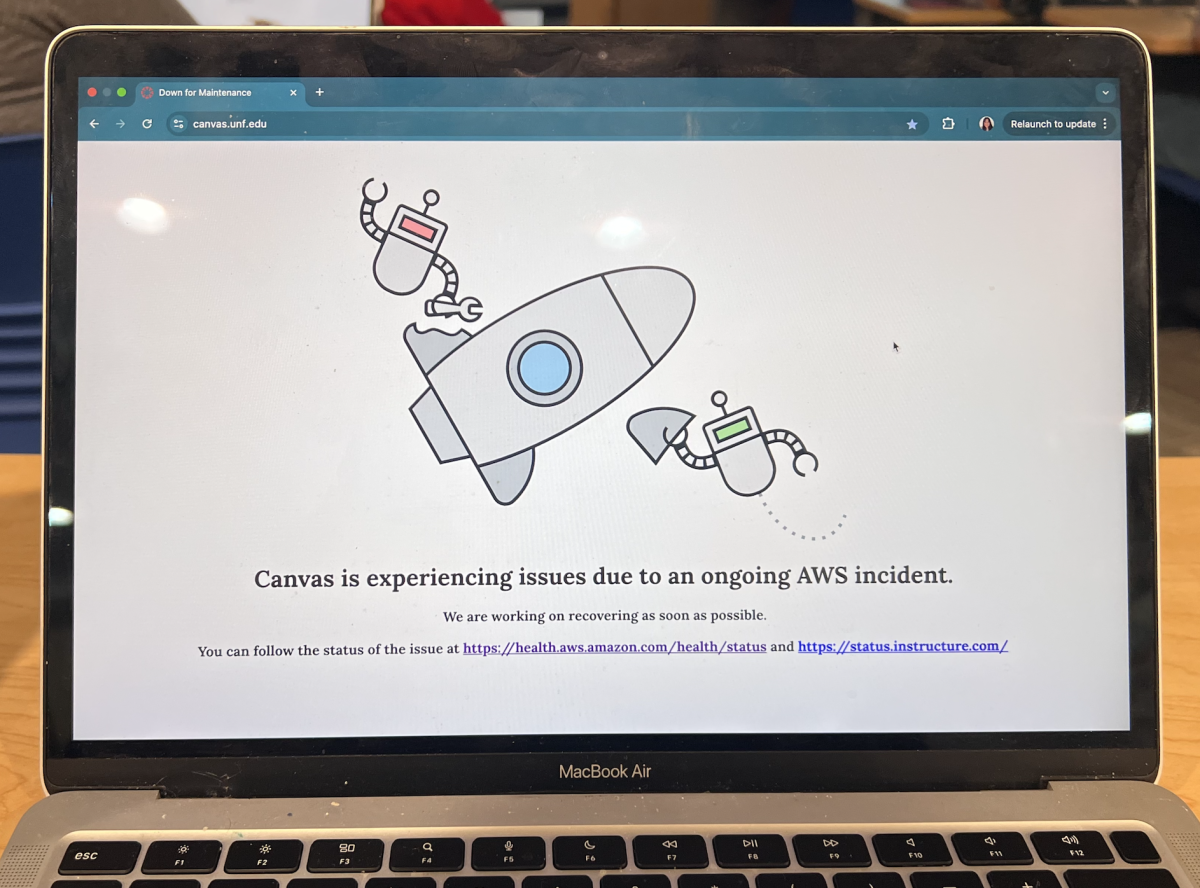Jay Coleman, UNF’s VP of Data Analytics, disagrees with the new addition of the adversity score to the SAT, matter of fact, he wants to do away with the SAT entirely.
The College Board recently created an adversity score for admissions officers to take into account the disadvantages students from low-income communities face.
The adversity score will accompany the SAT score, it’s measured on a scale of one to 100. It summarizes the disadvantages of students who are from troubled neighborhoods and attend high-poverty schools.
However, after conducting his own research Coleman finds that there is a better way to include diversity in regards to admission to colleges that doesn’t include a SAT or ACT score.
He states that using a students high school GPA is a better indicator of how well that student will perform in college.
“When you think about it, a high school GPA is four years of your grade performance. That’s a four year sample size. The SAT is a four hour sample size,” said Coleman.
Does this mean that SAT and ACT scores are insignificant?
According to Coleman, the answer is yes. Coleman views the adversity score as a way to keep the SAT relevant. The work Coleman has done over the last few years strongly shows that knowing a students high school GPA is more significant, and that the SAT doesn’t add anything positive.
So, how does this approach affect diversity within college admissions?
Keeping with the premise of Coleman’s research, if college admissions were based more on students high school GPA instead of ACT or SAT scores, the pool of potential candidates becomes more broad. Coleman says, this has been proven here at UNF.
According to Coleman, freshman retention rates have increased four percent year over year since using this approach.
But, not everyone agrees with Coleman’s opinion about the new adversity scores.
Many universities are still using SAT or ACT as a measure for potential students. Adding the adversity score is a way to ensure diversity in the admission process.
Supporters view the new score as a way to account for the disproportionate disadvantages for students from low-income neighborhoods while also recognizing its faults.
“In the end, even rough measures of socioeconomic disadvantages are better than no measure at all,” said Richard Kahlenberg in an article for The Atlantic.
Others believe the disadvantages will simply continue, as the more privileged families find ways to manipulate the adversity score.
“As sure as the path of the sun is known, wealthy parents will fudge their children’s enrollments and shade their advantages simply to boost their adversity scores,” said Derek Newton in an article for Forbes.
Karen Lucas, interim vice president of Enrollment Services at UNF, says the university is not sure how it will use the adversity score, but it will explore and consider it once the scores are officially added to incoming SAT results.
According to Coleman, a students high school GPA shows the work ethic of a potential student, and the quality of the high school doesn’t really matter.
“The biggest thing though is while the SAT, even if you except it measures what you know, it doesn’t measure how hard you’re willing to work,” said Coleman.
__
For more information or news tips, or if you see an error in this story or have any compliments or concerns, contact editor@unfspinnaker.com.















